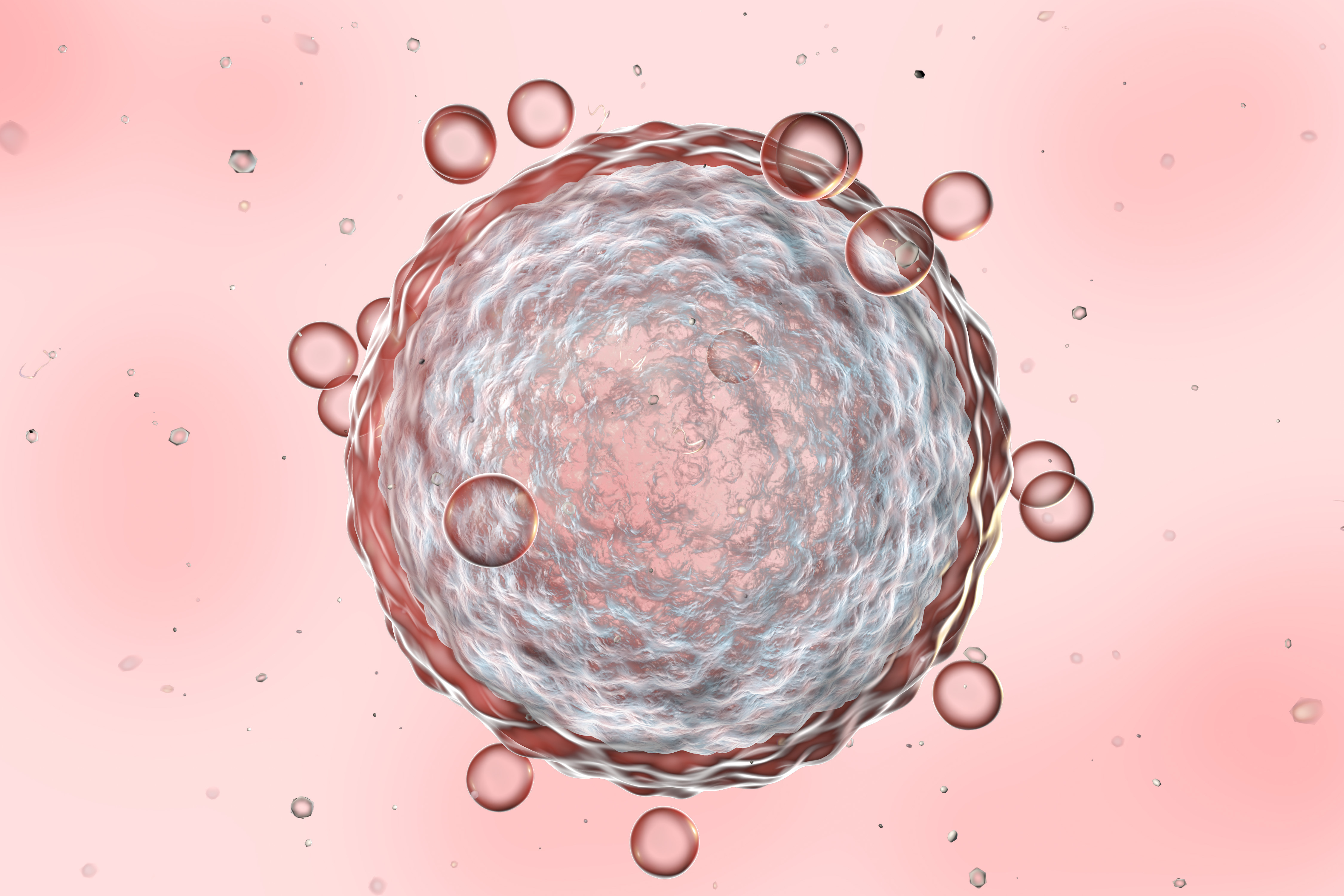For many women, fertility isn’t an issue, and they can become pregnant naturally and without complication. However, for women who lose their fertility, or for women who are cancer survivors, becoming pregnant may be something they can never experience. However, scientific developments may be changing that. Scroll down to read more about how human eggs can be grown in a lab.
Normally, a woman’s eggs mature inside her ovaries. But a new study, published in the journal Molecular Human Reproduction, shows that eggs may be brought to maturation outside the body, too.
Researchers began with tissue samples taken from 10 ovaries.They then isolated over 80 follicles and extracted immature eggs from them. From there, the immature eggs were moved to another membrane, where they could finish growing and maturing.
It’s a process researchers are calling “in vitro maturation” (IVM), and while the eggs themselves are close to maturation, scientists still don’t know if these lab-grown eggs can form a healthy embryo.
But in the words of the study’s senior author, “If we can show these eggs are normal and can form embryos, the there are many applications for future treatments.”
For example, for female cancer survivors, these seminal advances may be a viable way to preserve a woman’s fertility when cancer treatments all but destroy female eggs.
Prior to these scientific breakthrough’s, a woman had the choice to remove her ovarian tissues, and freeze them until the cancer treatments were completed.
Then, the ovary tissue could be transplanted back into the body, and the woman could attempt pregnancy. However, if the tissues are contaminated with the previous illness, this isn’t a safe option, and could leave the woman exposed to the cancer once again.
However, with this new method, instead of transplanting potentially harmful tissue back into the female body, scientists may soon be able to transfer only fertilized embryos.



